Art+Play=?
At the beginning of July, Bucharest was covered with large, red posters, featuring dynamic formats. They announced the nucleus of The Game Institute’s first summer school and communicated the open call for participation. The equation “Art+Play=?” emblazoned on the posters was seemingly straightforward, with two familiar terms and a democratic allure, allowing any passer-by to suggest an answer. Because the common understanding of the terms dictates the outcome of the equation, this project set out to demonstrate that the answer is more complicated than it seems.
When we think of “art”, we tend to imagine an object, sheltered on a pedestal or confined within a frame, while play is often seen as an activity initiated by children, without purpose or serious implications. For centuries, the public’s interaction with art has been about learning to appreciate perspectives and emotions evoked within the walls of art museums. If art needed to be presented in a curated and pretentious context in order to assert its status, play was something volatile, capable of happening anywhere. In the world of great creators, the question is often “who?” or “to whom does the artwork belong?” in order to determine the value of an object, unlike the universe of play, where the more important questions are “what is being played?”, “who is playing?”, and “where is it being played?”. The persistence of this question about art seems defiant five decades after Roland Barthes published La mort de l’auteur (The Death of the Author), but in the absence of a sustained intervention by participatory art forms, the issue of authorship remains a central curiosity.
What was played?
The Summer School – Institute of Play, a project by the Artistic Laboratory Association, aimed to create a sustained context for integrating participatory forms into the artistic environment, with the reality of play as its central focus. The participatory dimension of art refers to approaches where the audience is directly involved in the creative process, without which the endeavor would be incomplete, allowing the public to become co-authors through physical interaction with the artwork. By integrating play into artistic practice, the encounter with the art object becomes alive, allowed to be spontaneous and to incorporate the vitality of the audience. Within a lab-workshop that hosted guided workshops and public debates, the interdisciplinary possibilities of art, along with its pedagogical and interactive dimensions, intersected with the power of play to choreograph sensations and social actions.
Play reveals two referential layers, separated for the sake of definitional clarity: strategic play and unstructured play[1]. Unlike other languages, where a linguistic distinction exists (such as game and play in English), Romanian merges the boundary between joc and joacă[2]. The dialogues held in the lab-workshop delved into this rhizome of play through critical analysis, exploring its dynamic potential in artistic projects based on its conceptual nuances. Defined by its qualities as an object, its procedural or algorithmic nature, and its character as an action or event[3], play became, within the framework of the summer school, a catalyst for artistic research for nine participants.
Who played?
Bogdan Bălan, Andrei Boteanu, Adelina Butnaru, Diana Drăghici, Monica Georgiana Efimov, Ana-Maria Giosan, Ștefania Lupan, Isabella Pașcu, and Iris Șerban, most of them active members of the cultural scene, expressed their interest in integrating play into their own projects. Over the course of three weeks, they developed the concept of a game, brought it to life as a tangible object, and worked in dynamic teams, frequently shifting roles during various stages of the program. Taking shape through the relationships between the game and its players, the school cultivated a community of creators focused on interdisciplinarity and implemented a playful research method among emerging artists.
The participants of the first edition were welcomed by the Super Serios collective, comprised of Maria Mandea, Teodora Ungureanu, Ștefan Bunicelu, and George Marian Preduț, alongside Dana Pârvulescu. Built around the importance of bringing people together, the lab-workshop hosted guests that offered guided workshops and public debates. The public debate sessions featured Vera Marin (architect), Cornel-Florin Moraru (philosopher), Diana Dragomir (screenwriter and researcher), and Nicolae Mandea (director), while Matei Emanuel (sculptor) contributed to the technical workshops on game production. Material and conceptual resources were swiftly mobilized to bring the participants’ ideas to life, transforming them from imaginary scenarios into artistic objects designed for play in public.
Maria Mandea, an artist, researcher, and lecturer at the Art of Game Design master’s program at UNATC, tailored each working session to address the research hypotheses of each participant. Interested in the pedagogy of performative play, relational aesthetics, and the social implications of art and play, Maria guided the workshops in such a way that the process became the red thread connecting individual creative endeavors. In the creative incubator she coordinated, the object-like quality of the game took a secondary place. The materialization of the games required anticipating the dynamics between players and the game interface, uncovering potential game mechanics, and transforming playful actions into meaning. The play community Maria brought together initially consisted of workshop participants, with the final phase of the program integrating each game into public spaces, where they were tested by diverse groups of players.
Where did play take place?
During the Summer School, the Amzei Creative Corner space was transformed into a collective workshop divided into several working sections: two large tables with chairs arranged in a circle for sketches and discussions, an area dedicated to traditional materials of the plastic arts, a digital printing hub, and smaller spaces for documentation and individual work. Glass panels allowed the public to glimpse fragments of the creative process, engage in dialogue with the artists and school organizers, and observe the potential for cultural reactivation in the dormant proximity of Bucharest’s urban landscape.
The central wall, fully visible from the street, was covered with an oversized grid mimicking the standard pattern of sketchbook paper. Among the annotations assembled by Maria Mandea, inspired by the categorical distinctions of Roger Caillois[4] – agôn (games based on competition), aléa (games of chance), mimicry (role-playing games), and ilinx (the sensation of vertigo) – rectangles of various sizes featured photographs and graphic interventions contributed by the artists. The conceptual map with inscriptions and images absorbed disparate ideas, fragments from individual or group research, and episodes of interactions contextualized within the public surroundings of the workshop.
The final day of the workshops was dedicated to expanding the play space of the games created during the program. After completing the mentorship modules, the general public was invited to an intensive test session of the games produced during the summer school. Since the process of play is iterative and involves stages of development, testing, adjustment, and retesting, the public does not merely engage with the final product but can also participate in the intermediate stages of the creative process. Within the Institute of Play, the development of participatory artistic research projects evolved alongside the ambition to accustom city residents to initiatives that are cultural as well as social. The community formed around play at the Amzei Creative Corner in July sparked conversations as well as multidisciplinary contexts, where art was less about artifacts and more about participation and genuine community involvement in the cultural life of the city.
Play Continues…
The Summer School of the Institute of Play moved beyond the exercise of defining terms, creating a precedent for embedding participatory art forms into the urban fabric. Ultimately shaped as a collective project made up of fragments conceived and created together, the mission of the initiative extends beyond the intense weeks of workshops. The (magic[5]) circle of play opened by participants, mentors, and players allows for the periodic reactivation of the school’s creations. In this way, participants become game creators, mentors transform into players, and city residents become part of a play community.
The games developed during the Summer School of the Institute of Play continue to thrive through activations and play sessions in the city. The first iteration of a game developed at the school was held on the 7th of September, on Copilului Street, during the event “Together for Clean Air” organized by Părinți de Cireșari. Isabella Pascu’s game, inspired by the abandoned cats of the Drumul Taberei neighborhood and exploring the politics of care for the non-human, was brought back into the public space.
The Summer School of the Institute of Play was organized by Asociația Laborator Artistic from July 12–30, 2025, at Amzei Creative Corner, with support from THE INSTITUTE.
The Artistic Laboratory Association was founded in 2021 as a result of an initiative conducted online during the spring of 2020. Over the years, it has focused on creating programs and exhibition projects dedicated to emerging artists. Through this association, group exhibitions were organized at the Dialog Space within the Museum of Contemporary Art in Bucharest, as well as exhibitions and participatory projects at the Știrbei 47 Space, and the interdisciplinary residency Art and Anthropology in the Northern Dobrogea region.
Maria Mandea (b. 1991) is an artist and researcher working within the medium of play. She studied Product Design at UAUIM (2017) and completed a doctoral thesis on game design (UNArte). Currently, she teaches in the Art of Game Design master’s program at UNATC Bucharest. During her studies in 2012, she created Micul Haos, a toy design project based on an original concept at the intersection of toys and participatory art objects. In 2017, she co-founded the design studio Super Serios, where she develops games and ludic-performative installations. She is vice president of the Artistic Laboratory Association and co-founder of Știrbei47 Space. In 2023, she initiated the Institute of Play.
Dana Pârvulescu (b. 1980) graduated with a degree in Art History and Theory from UNArte Bucharest. She currently develops contexts for interactions between the public and emerging artists. She has collaboratively developed interdisciplinary projects within the Dialog Space at MNAC (2020–2022), initiated the Art and Anthropology Residency (2023–2024), and co-founded the Știrbei47 Space (2021–2022).
The Institute of Play aims to develop play as an artistic, pedagogical, and participatory medium. Its first project was The Public Games Library, followed by The Game Instruments project. The summer school program targets art students and emerging artists who wish to expand their artistic practice in interactive ways by developing their own games. The outcomes of these three projects are archived on the Institute of Play’s website: www.institutuljocului.ro.
Amzei Creative Corner is an initial strategic step in urban revitalization through the local creative economy, initiated by Cartierul Creativ and The Institute in partnership with Bucharest Sector 1 City Hall and Banca Transilvania. Its goal is to create a cultural destination in the heart of the city while exploring and piloting possible scenarios for regenerating the historical area.
[1] Maria Mandea, The Visual Design of Play: Towards a Pedagogy of Performative Play, Universitară Publishing House, Bucharest, 2024, p. 55.
[2] Katja Kwastek, “The Aesthetics of Play,” in Aesthetics of Interaction in Digital Art, The MIT Press, Cambridge, Massachusetts, 2013, pp. 77–88.
[3] Maria Mandea, The Visual Design of Play: Towards a Pedagogy of Performative Play, Universitară Publishing House, Bucharest, 2024, p. 55.
[4] Roger Callois, Essays on Imagination, translated by Viorel Grecu, Univers Publishing House, Bucharest, 1975, p. 260.
[5] Douglas Brown, „Games and the Magic Circle”, în Encyclopedia of Computer Graphics and Games, editor Newton Lee, Springer International Publishing, 2015, pp. 1-4.
Translated by Dragos Dogioiu
POSTED BY
Alexandra Moț
Alexandra Elisabeta Moț is a young art historian who combines the practice of heritage conservation with research. She recently graduated from the National University of Arts, the Department of Art H...
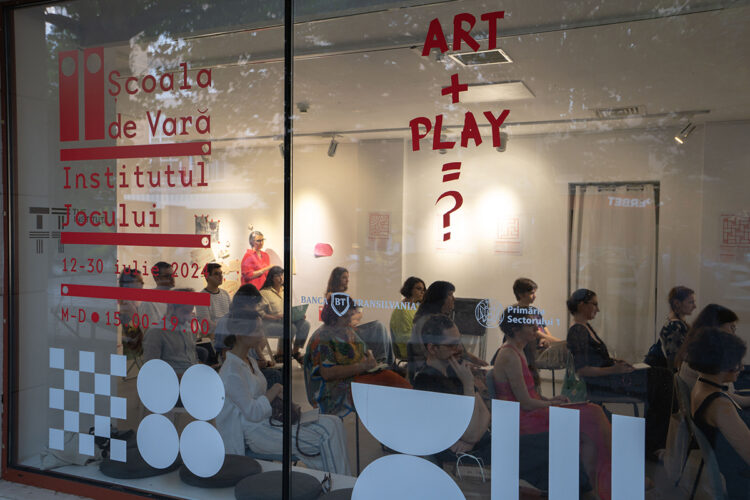
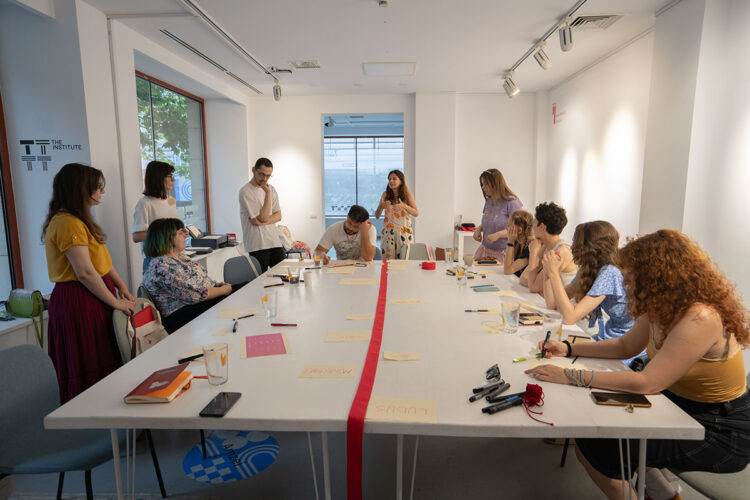

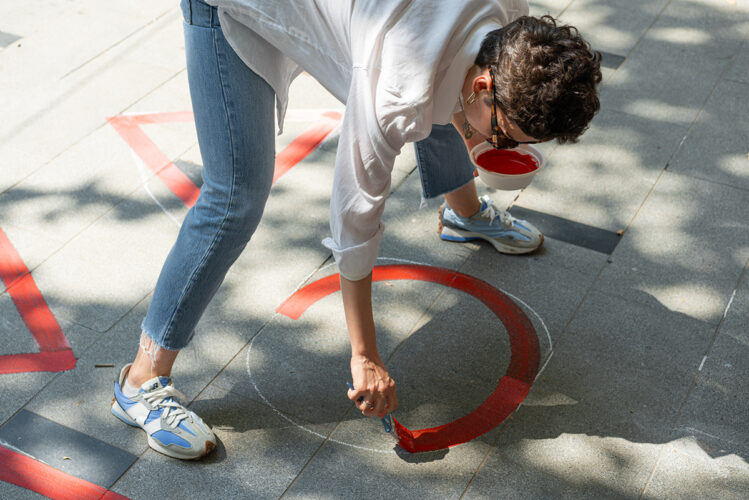
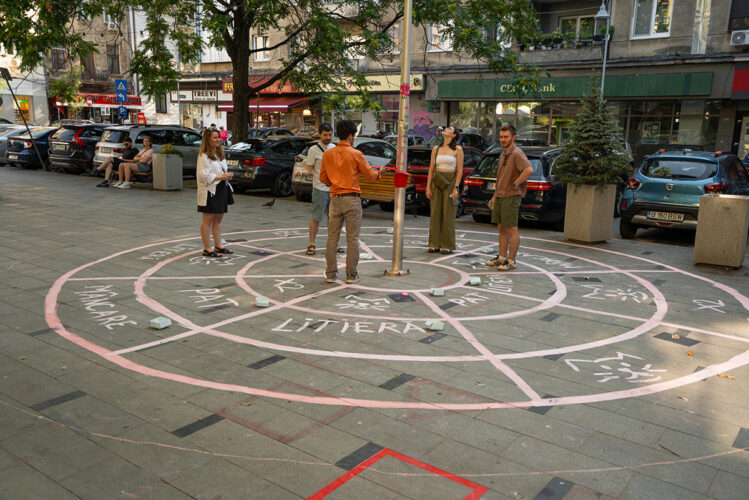
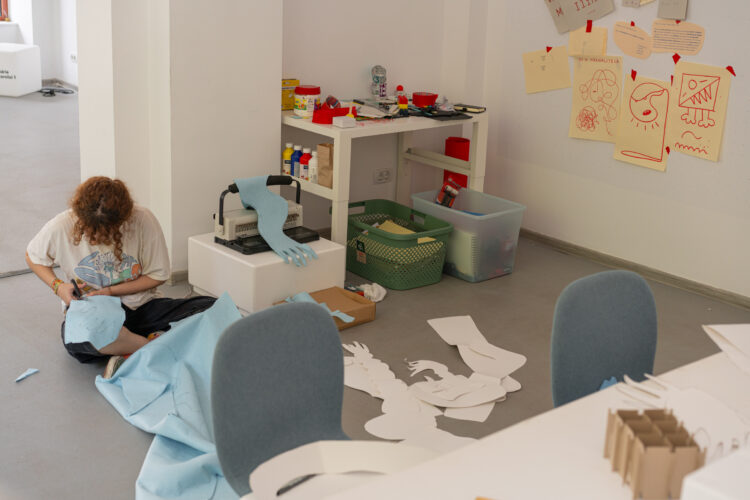
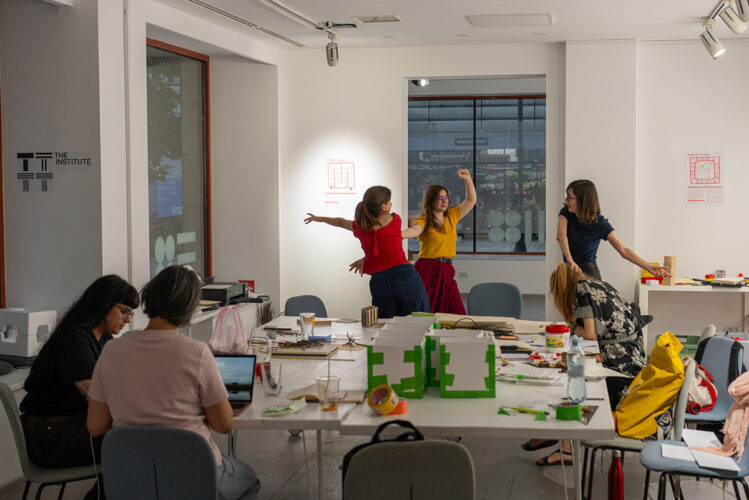
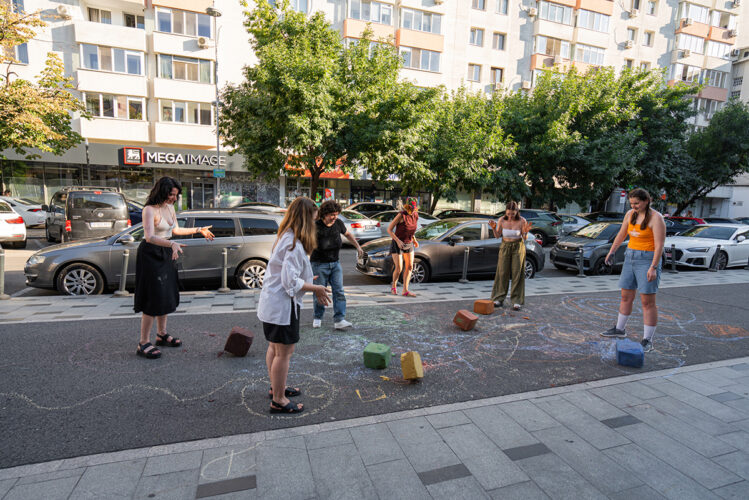
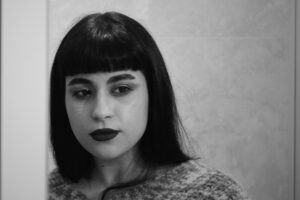
Comments are closed here.